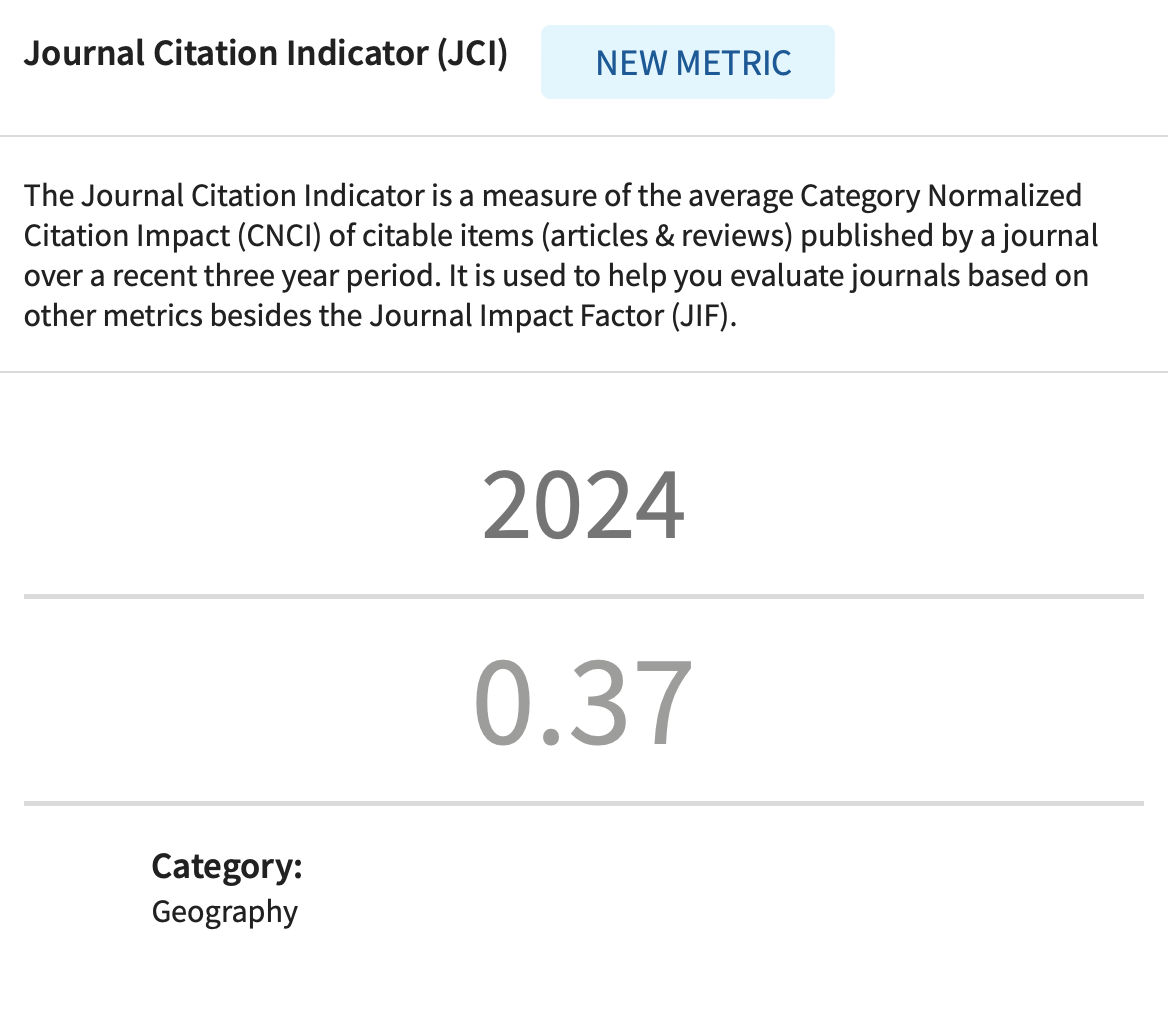ENHANCING WIND ENERGY PRODUCTION ESTIMATION OVER MONTENEGRO USING MODELED AND OBSERVED WIND SPEEDS AND SYNOPTIC WEATHER PATTERNS
DOI:
https://doi.org/10.2298/IJGI2501033ZKeywords:
wind power, wind rose, synoptic situation, WRF NMM, forecast verification, Krnovo (Nikšić)Abstract
This study analyses the wind conditions over complex terrain and evaluates wind resources based on synoptic weather patterns. The wind direction showed a pronounced north-south bi-directionality. The cut-out speed occurs infrequently and is mainly limited to the north-east and south-south-east winds. The observed wind speeds at location Krnovo (Nikšić) verified the wind forecast of the Weather Research and Forecasting Non-Hydrostatic Mesoscale Model (WRF NMM). The model slightly underestimated the lower average hourly wind speeds; the errors were greatest during the winter season. The best forecast was for one day ahead. The correlation coefficients between the observed and predicted winds at 90 m height for one, two, and three days ahead were 0.85, 0.83, and 0.82, respectively. The synoptic situations were analyzed to identify the underlying weather patterns that favor maximum and minimum energy production lasting most of the day. Maximum energy production was associated with a deep trough over western Europe extending in a northwest-southeаst direction and a pronounced meridional meandering jet stream. A ridge or anticyclone over the Balkan Peninsula, a more or less zonal jet stream and strong warm air advection over Montenegro characterized the atmosphere during the periods of minimum energy production. Together with reliable wind forecasts, these results can improve the use of renewable energies in the future and make them more efficient.
Article metrics
References
American Meteorological Society. (2018). Glossary of Meteorology. https://www.ametsoc.org/index.cfm/ams/publications/glossary-of-meteorology/
Association for Wind Energy in Europe. (2025). Wind power share in the country's electricity mix [Data set]. Retrieved February 5, 2025, from https://windeurope.org/about-wind/daily-wind/top-countries
Bilal, M., Solbakken, K., & Birkelund, Y. (2016). Wind speed and direction predictions by WRF and WindSim coupling over Nygardsfjell. Journal of Physics: Conference Series, 753(8), Article 082018. https://doi.org/10.1088/1742-6596/753/8/082018
Burić, M., Micev, B., & Mitrović, L. (2012). Atlas klime Crne Gore [Cimate Atlas of Montenegro]. Montenegrin Academy of Sciences and Arts.
Burlando, M., Podestà, A., Villa, L., Ratto, C. F., & Cassulo, G. (2009). Preliminary estimate of the large-scale wind energy resource with few measurements available: The case of Montenegro. Journal of Wind Engineering and Industrial Aerodynamics, 97(11–12), 497–511. https://doi.org/10.1016/j.jweia.2009.07.011
Carta, J. A., Ramírez, P., & Velázquez, S. (2009). A review of wind speed probability distributions used in wind energy analysis case studies in the Canary Islands. Renewable and Sustainable Energy Reviews, 13(5), 933–955. https://doi.org/10.1016/j.rser.2008.05.005
Cuevas-Figueroa, G., Stansby, P. K., & Stallard, T. (2022). Accuracy of WRF for prediction of operational wind farm data and assessment of influence of upwind farms on power production. Energy, 254(Part B), Article 124362. https://doi.org/10.1016/j.energy.2022.124362
Đurišić, Ž., & Mikulović, J. (2012). Assessment of the wind energy resource in the South Banat region, Serbia. Renewable and Sustainable Energy Reviews, 16(5), 3014–3023. https://doi.org/10.1016/j.rser.2012.02.026
Energy Information Administration. (2021). Annual Energy Outlook 2021 with projections to 2050. https://www.eia.gov/outlooks/aeo/pdf/AEO_Narrative_2021.pdf
Fonseca, R., Temimi, M., Thota, M. S., Nelli, N. R., Weston, M. J., Suzuki, K., Uchida, J., Kumar, K. N., Branch, O., Wehbe, Y., Al Hosari, T., Al Shamsi, N., & Shalaby, A. (2020). On the analysis of the performance of WRF and NICAM in a hyperarid environment. Weather Forecast, 35(5), 891–919. https://doi.org/10.1175/WAF-D-19-0210.1
Frank, A., Lenearts, T., Radusinović, S., Spalevic, V., & Nyssen, J. (2016). The regional geomorphology of Montenegro mapped using Land Surface Parameters. Zeitschrift für Geomorphologie, 60(1), 21–34. https://doi.org/10.1127/zfg/2016/0221
Italian Ministry for the Environment, Land and Sea. (2007). Assessment of the Projects Potential in the Fields of Renewable Energy Sources, Energy Efficiency and Forestry Management, in the Framework of Clean Development Mechanism of the Kyoto Protocol in the Republic of Montenegro. https://www.mase.gov.it/sites/default/files/archivio/allegati/CDM/2007/montenegro_report_EN.PDF
Janjić, Z. I. (1994). The Step-Mountain Eta Coordinate Model: Further Developments of the Convection, Viscous Sublayer, and Turbulence Closure Schemes. Monthly Weather Review, 122(5), 927–945. https://doi.org/10.1175/1520-0493(1994)122%3C0927:TSMECM%3E2.0.CO;2
Janjic, Z. I. (2003). A Non-Hydrostatic Model Based on a New Approach. Meteorology and Atmospheric Physics, 82, 271–285. https://doi.org/10.1007/s00703-001-0587-6
Janjic, Z. I., Gerrity, J. P. Jr, Nickovic, S. (2001). An Alternate Approach to Non-Hydrostatic Modeling. Monthly Weather Review, 129, 1164–1178. https://doi.org/10.1175/1520-0493(2001)129%3C1164:AAATNM%3E2.0.CO;2
Jiménez, P. A., & Dudhia, J. (2013). On the Ability of the WRF Model to Reproduce the Surface Wind Direction over Complex Terrain. Journal of Applied Meteorology and Climatology, 52(7), 1610–1617. https://doi.org/10.1175/JAMC-D-12-0266.1
Köhler, C., Steiner, A., Saint-Drenan, Y.-M., Ernst, D., Bergmann-Dick, A., Zirkelbach, M., Bouallègue, Z. B., Metzinger, I., & Ritter, B. (2017). Critical weather situations for renewable energies–Part B: Low stratus risk for solar power. Renewable Energy, 101, 794–803. https://doi.org/10.1016/j.renene.2016.09.002
Krishnamurthy, V. (2019). Predictability of Weather and Climate. Earth and Space Science, 6(7), 1043–1056. https://doi.org/10.1029/2019EA000586
Landberg, L. (2016). Meteorology for Wind Energy: An Introduction. John Wiley & Sons.
Lazić, L., Pejanović, G., & Živković, M. (2010). Wind forecasts for wind power generation using the Eta model. Renewable Energy, 35(6), 1236–1243. https://doi.org/10.1016/j.renene.2009.10.028
Lazić, L., Pejanović, G., & Živković, M. (2014). Improved wind forecasts for wind power generation using the Eta model and MOS (Model Output Statistics) method. Energy, 73, 567–574. https://doi.org/10.1016/j.energy.2014.06.056
Lee, J. C. Y., Draxl, K. & Berg, L. K. (2022). Evaluating wind speed and power forecasts for wind energy applications using an open-source and systematic validation framework. Renewable Energy, 200, 457–475, https://doi.org/10.1016/j.renene.2022.09.111
Masdar. (2025). Krnovo Wind Farm. https://masdar.ae/en/renewables/our-projects/krnovo-wind-farm
Ministarstvo energetike i rudarstva. (2024). Izvještaj o realizaciji energetskog bilansa za 2023. godinu [Report on the realisation of the energy balance for the year 2023]. https://www.gov.me/dokumenta/1d6835df-d73b-49f9-988e-9947af258831
Potić, I., Joksimović, T., Milinčić, U., Kićović, D., & Milinčić, M. (2021). Wind energy potential for the electricity production–Knjaževac Municipality case study (Serbia). Energy Strategy Reviews, 33, Article 100589. https://doi.org/10.1016/j.esr.2020.100589
Romanic, Dj., Parvu, D., Refan, M., & Hangan, H. (2018). Wind and tornado climatologies and wind resource modelling for a modern development situated in “Tornado Alley”. Renewable Energy, 115, 97–112. https://doi.org/10.1016/j.renene.2017.08.026
Souza, N. B. P., Nascimento, E. G. S., & Moreira, D. M. (2023). Performance evaluation of the WRF model in a tropical region: Wind speed analysis at different sites. Atmósfera, 36(2), 253–277. https://doi.org/10.20937/atm.52968
Steiner, A., Köhler, C., Metzinger, I., Braun, A., Zirkelbach, M., Ernst, D., Tran, P., & Ritter, B. (2017). Critical weather situations for renewable energies–Part A: Cyclone detection for wind power. Renewable Energy, 101, 41–50. https://doi.org/10.1016/j.renene.2016.08.013
Tan, E., Sibel Mentes, S., Unal, E., Unal, Y., Efe, B., Barutcu, B., Onol, B., Sema Topcu, H., & Incecik, S. (2021). Short term wind energy resource prediction using WRF model for a location in western part of Turkey. Journal of Renewable and Sustainable Energy, 13, Article 013303. https://doi.org/10.1063/5.0026391
Tong, W. (2010). Fundamentals of wind energy. In W. Tong (Ed.), Wind Power Generation and Wind Turbine Design (pp. 3–48). WIT Press.
Valappil, V. K., Temimi, M., Weston, M., Fonseca, R., Nelly, N. R., Thota, M., & Kumar, K. N. (2020). Assessing Bias Correction Methods in Support of Operational Weather Forecast in Arid Environment. Asia-Pacific Journal of Atmospheric Sciences, 56, 333–347. https://doi.org/10.1007/s13143-019-00139-4
Weibull, W. (1951). A Statistical Distribution Function of Wide Applicability. Journal of Applied Mechanics, 18(3), 293–297. https://jhanley.biostat.mcgill.ca/bios601/CHchapters040506/Weibull-ASME-Paper-1951.pdf
Wilks, D. S. (2006). Statistical Methods in the Atmospheric Sciences (2nd ed.). Academic Press.
Wood, N., & Mason, P. (1993). The pressure force induced by neutral, turbulent flow over hills. Quarterly Journal of Royal Meteorological Society, 119(514), 1233–1267. https://doi.org/10.1002/qj.49711951402
Wyszogradzki, A. A., Liu, Y., Jacobs, N., Childs, P., Zhang, Y., Roux, G., & Warner, T. T. (2013). Analysis of the surface temperature and wind forecast errors of the NCAR-AirDat operational CONUS 4-km WRF forecasting system. Meteorological and Atmospheric Physics, 122, 125–143. https://doi.org/10.1007/s00703-013-0281-5
Zečević, A., Filipović, L., & Marčev, A. (2023). Verification of temperature, wind and precipitation fields for the high-resolution WRF NMM model over the complex terrain of Montenegro. Technology and Health Care, 31(4), 1525–1539. https://doi.org/10.3233/THC-229016
Zorić, М. (1976). Visoravan Krnovo u Crnoj Gori [Krnovo plateau in Montenegro]. Priroda, 65(7), 207–212. https://library.foi.hr/dbook/cas.php?B=1&item=S00001&godina=1976&broj=00007&page=207
Downloads
Published
How to Cite
Issue
Section
License
Copyright (c) 2025 Journal of the Geographical Institute “Jovan Cvijić” SASA

This work is licensed under a Creative Commons Attribution 4.0 International License.











